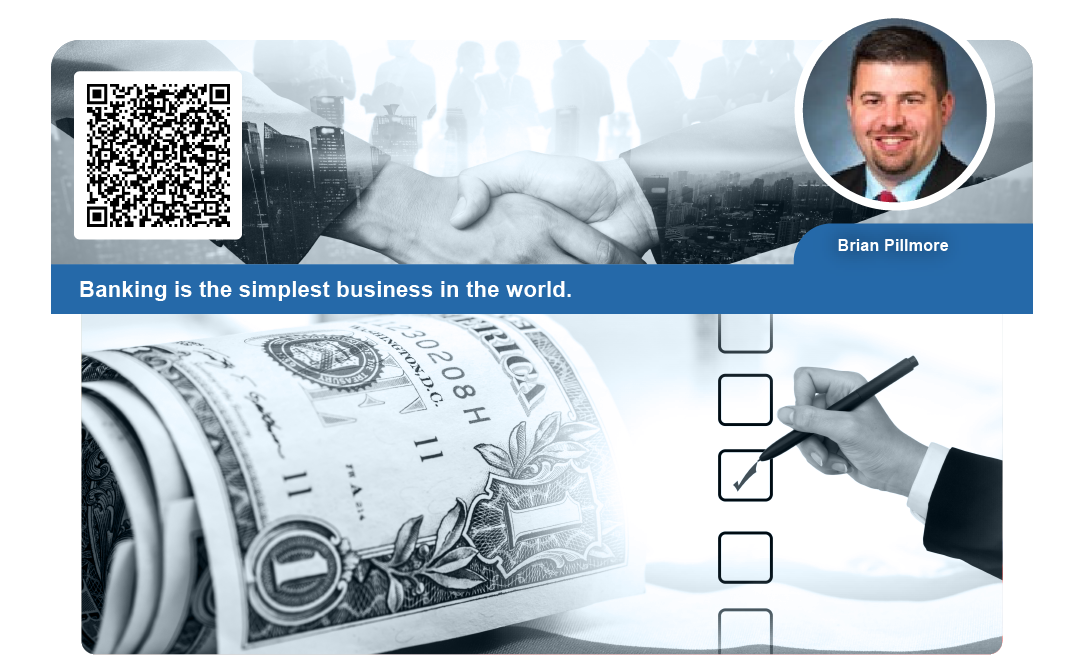Estimated reading time: 2 minutes
I LIVED by those words from a wise mentor when I became president of a bank.
Believe it or not, it was a new experience for me to have full P&L responsibility and I had to make this bank more profitable again.
So the only thing I did on my first day was sit down with the bank’s financial statements and break them down in every way I could.
What I found is that nearly everything (the 90%) is relatively fixed:
✅ Expenses → Employees we already had
✅ Deposit Pricing → We were in a relatively stable interest rate environment
✅ Deposit Mix → Mix of non-interest bearing and interest bearing didn’t change much
✅ Loans → We had ~200 customers that composed 98% of the loan portfolio with much of that being in fixed rate term loans
✅ Overhead → Our two branches had long-term leases, utilities were pretty steady, travel and other expenses were immaterial
That made things simple.
I could use the single greatest lever for a bank – Balance Sheet transformation – to drive improvement in the Income Statement.
Turns out, only 5 Balance Sheet related actions were needed:
1️⃣ Bring in more deposits
2️⃣ Re-price our existing portfolio
3️⃣ Book bigger loans at better pricing
4️⃣ Re-price existing deposits to be lower cost
5️⃣ Get rid of customers who were not in compliance or difficult to service
I didn’t even think about the last 10% for weeks.
Maybe months.
I took care of everything that was fixed first.
Then the variables just seemed to fall into place.
Crazy how that happens.
—
🔔 Follow Brian on Linkedin: Brian Pillmore




